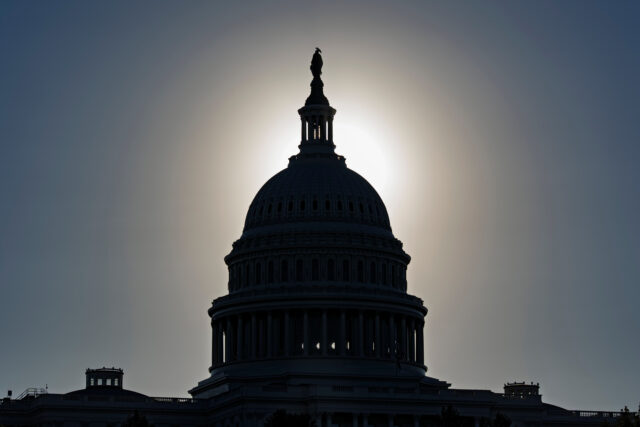Media needs more hopeful headlines
Negative news stresses out readers, making them anxious.
April 12, 2017
In a time of seemingly endless despair in the world, with negative headlines oftentimes overwhelming the positive ones, it is critical for more positive news to be covered.
If it bleeds, it leads, the saying goes. It is an apt way to describe the hierarchy of news. It’s only natural for people to focus on negative news, according to Dr. John T. Cacioppo of the University of Chicago, who highlighted in a 1999 study that the brain responds much more strongly to negative stimuli. Violent or tragic news grabs the most attention, bringing in the most viewers and the most money. News is, after all, a business, and news corporations must balance informing the public with making enough money to continue to do so.
The balance seems to have been disrupted in the past few years, with the increase of the availability of news as well as the increase in news channels and sources. With competition as a driving factor, organizations are pushing the envelope, treading a fine line between sensible news and sensationalism.
In fact, a 2016 study conducted by National Public Radio (NPR), the Robert Wood Johnson Foundation, and the Harvard School of Public Health suggests that the media may be to blame when it comes to an increase in stress among Americans. In the study, about one in four suggested that they experienced heavy stress and that one of the biggest contributors to daily stress was keeping up with the news.
Studies like NPR’s are not alone. In 2012, Dr. Graham C.L. Davey of the University of Sussex published a study detailing the psychological effects of exposure to negative news. In his study, subjects were shown one of three 14-minute news bulletins: one consisting of only negative news, one consisting of only positive news, and one of emotionally neutral news. Those shown negative news reported suffering more anxiety and sadness following the news bulletin than those shown the other two.
With so much evidence of negative news significantly impacting the emotional health of viewers, the news media owes it to the American public to cover more positive news. While news covers what people need to know, which inherently tends itself towards the grim side, there is great value in supplementing that with positive news. Positive news balances the news industry’s penchant for generating fear, outrage and anxiety with its power to make audiences feel good, too.
The Solutions Journalism Network and the Engaging News Project at the University of Texas at Austin conducted a study into the potential for constructive journalism. They found that readers return to read more news from organizations that produce constructive journalism, giving news organizations an opportunity to build positive brand association and a connection with their readers. Realizing that both the potential profits and the goodwill generated are invaluable, some news organizations have begun to invest in positive news sections. The Huffington Post and The Guardian, both major news organizations, now have a Good News section and a Hall Full section, respectively, where they cover more positive, constructive stories and urge readers to take action to improve their world.
It is not enough, however, for only two of dozens of major media outlets to cover positive news. There is an increasing need for hope in a world that feels increasingly polarized, conflicted and lonely, and the power that the journalistic world wields in shaping the world must not be wasted. With great power comes great responsibility, and it is high time for the news media to step up to the plate and deliver on its potential to make the world a truly better place.








